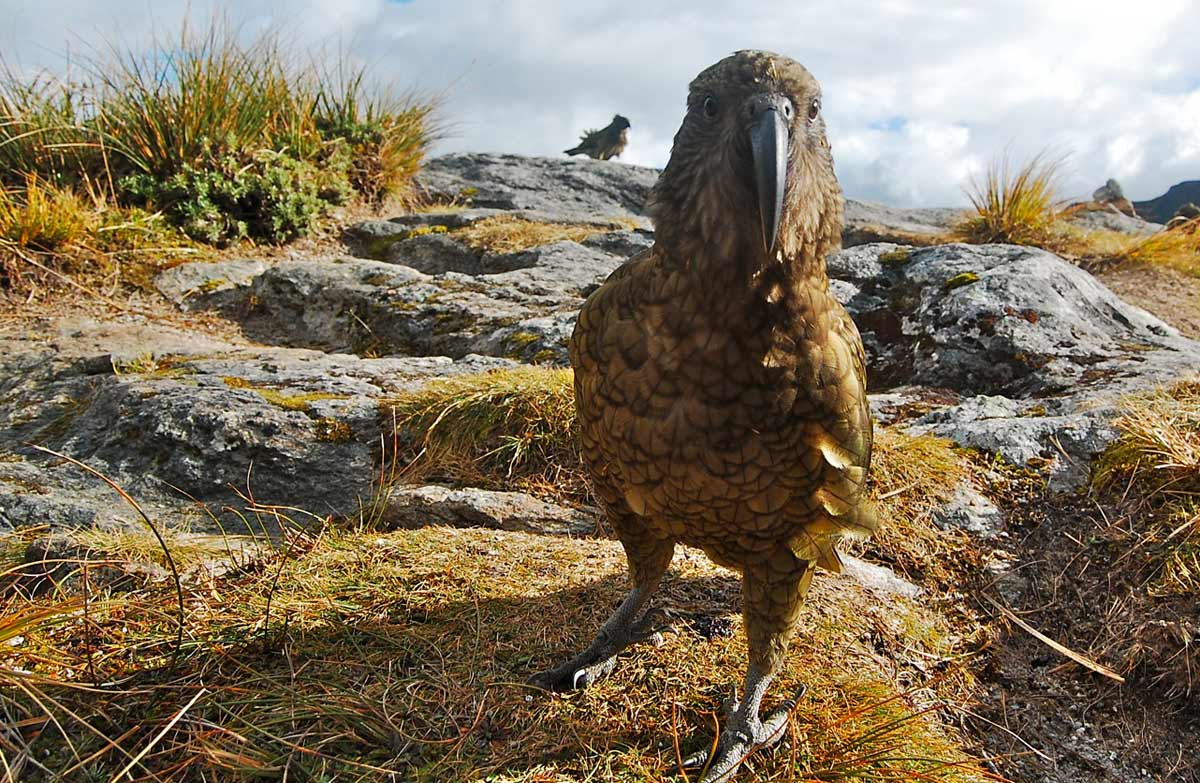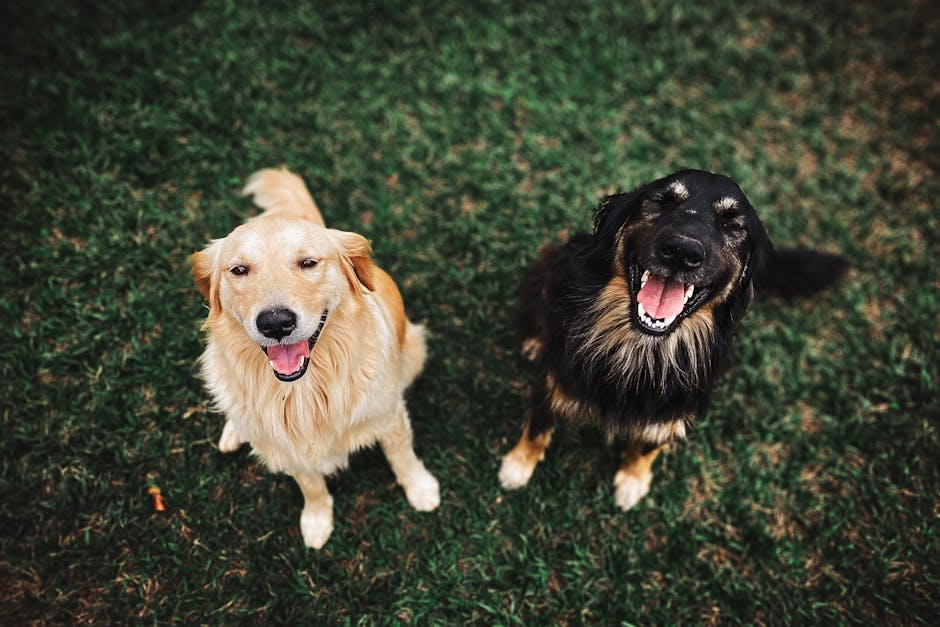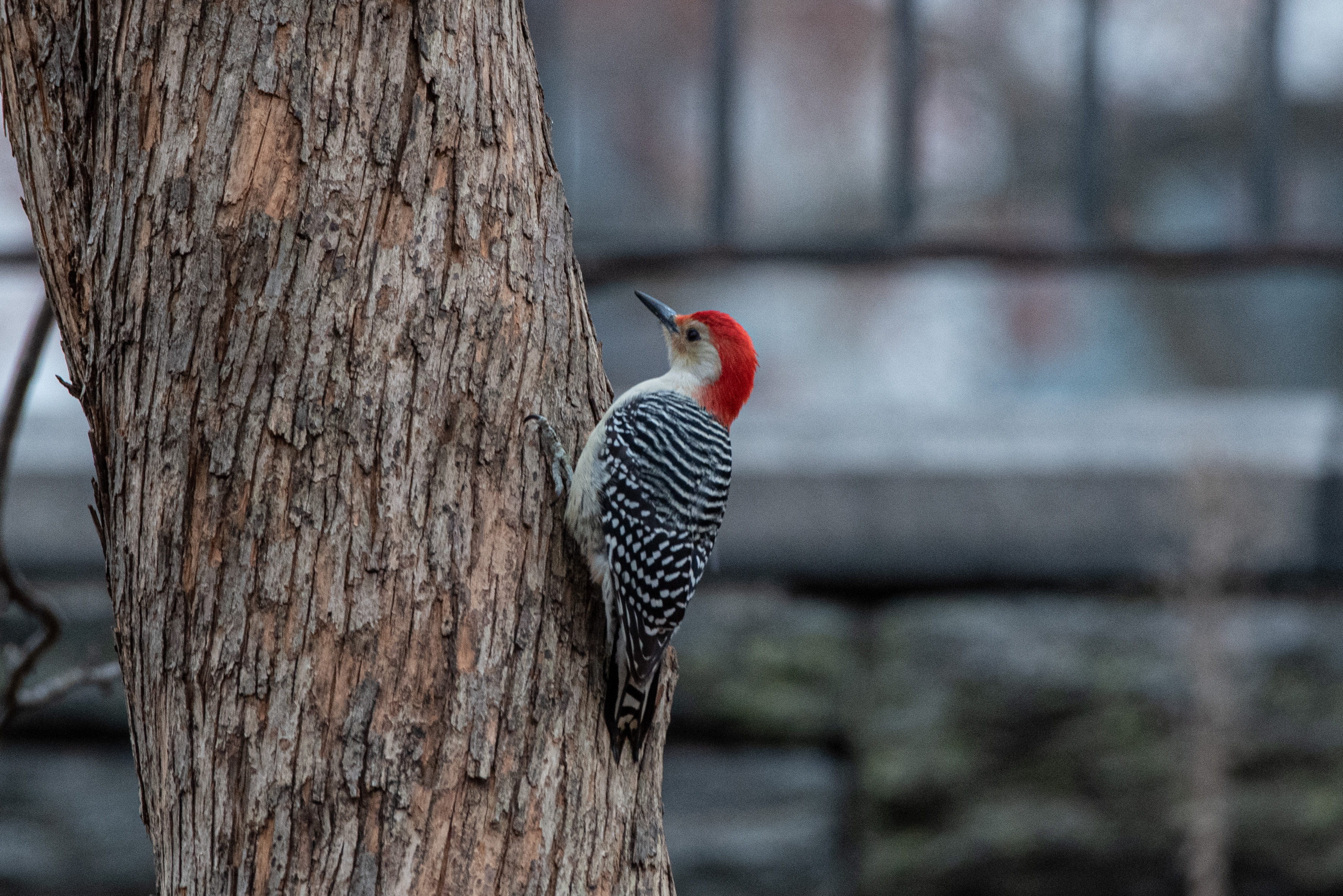Introduction

Dogs are naturally curious and instinctual creatures driven by their predatory instincts. While it may seem harmless or even amusing, there are reasons to be concerned when your dog chases, catches, or eats birds.
Why Your Dog May Eat a Bird
Dogs are attracted to birds due to their innate prey drive. This behavior is deeply ingrained in their genetic makeup as hunters and scavengers. Additionally, some dogs view birds as toys or a source of entertainment, especially those with a high prey drive like certain hunting breeds.
Reasons to Be Concerned
Eating a bird can pose risks to your dog’s health. There is a potential for choking or injuries caused by the bird’s beak and wings. Ingesting feathers, bones, or other indigestible parts can lead to obstructions or choking hazards. Birds can also carry harmful bacteria, parasites, or toxins, exposing your dog to poisoning or disease transmission.
It’s important to be aware of these risks and take appropriate action if your dog has eaten a bird. Prompt attention can prevent potential complications.
Immediate Actions

When your dog consumes a bird, it’s crucial to act quickly for their safety. Here are some immediate actions to take:
What to Do Right Away
-
Assess the situation: Determine if the bird was alive or dead. If alive, safely remove it from your dog’s mouth, being cautious to avoid bites or scratches.
-
Letting your dog finish: If the bird is dead, it’s generally safe to let your dog finish consuming it. However, if you suspect the bird carries diseases or parasites, use a command like “drop it” or “leave it” to prevent ingestion.
Dealing with Potential Choking or Blood Loss
-
Choking: If your dog is choking or in distress, perform the Heimlich maneuver for dogs. Stand behind your dog, place your hands just below their ribcage, and apply firm upward pressure. Check the mouth and throat for debris once the bird is dislodged.
-
Blood loss: For minor bleeding, apply gentle pressure with a clean cloth or gauze. Elevate the affected area to reduce blood flow. If the bleeding is severe or doesn’t stop within a few minutes, seek immediate veterinary care.
Remember, these actions address initial concerns, but it’s essential to assess your dog’s health and consult a veterinarian for further guidance.
Assessing Your Dog’s Health After Consuming a Bird

When your dog has eaten a bird, it’s crucial to assess their health to ensure their well-being. Here are the symptoms to be aware of and potential risks that may arise from consuming a bird.
Symptoms to Watch Out For
-
Gastrointestinal distress: Keep an eye out for vomiting, diarrhea, or excessive drooling, which could indicate an adverse reaction or digestive issues.
-
Choking or obstruction: If your dog swallowed a large bird or the bird’s bones, watch for signs of difficulty breathing, coughing, gagging, or abdominal discomfort. Immediate veterinary attention is necessary in severe cases.
-
Allergic reactions: Look for itching, hives, swelling (especially around the face or throat), or difficulty breathing. Allergic reactions require immediate veterinary intervention.
-
Ingestion of toxins: Symptoms such as weakness, lethargy, tremors, seizures, or abnormal behavior could indicate poisoning. Contact your veterinarian immediately.
-
Intestinal parasites: Birds can carry harmful parasites like roundworms, tapeworms, or giardia, so there is a risk of your dog ingesting them.
Potential Risks to Your Dog’s Health
Consuming a bird can pose several risks to your dog’s health:
-
Injury from bones or feathers: Birds have small, delicate bones that can cause injury to your dog’s gastrointestinal tract. Feathers can also cause irritation or blockages.
-
Bacterial or viral infections: Birds may carry bacteria or viruses like salmonella and avian influenza, which can be transmitted to your dog. Monitor your dog for symptoms of infection.
-
Toxicity: Certain birds, such as birds of prey or scavengers, may have ingested toxic substances or prey that was poisoned, leading to toxicity in your dog.
-
Parasitic infections: Birds can harbor various parasites, and if your dog ingests a bird, they may become infected, leading to health issues.
It’s important to note that not all dogs will experience these symptoms or risks after consuming a bird. However, it’s essential to be vigilant and monitor your dog’s health closely. If you notice any concerning symptoms or suspect potential risks, consult a veterinarian promptly.
Consulting a Veterinarian for Guidance and Care

When it comes to your dog eating a bird, it is crucial to consult a veterinarian. Here are important considerations regarding when to take your dog to the vet and possible treatments.
When to Seek Veterinary Attention
Seek veterinary attention if:
-
Uncertainty about the bird’s health: If you are unsure whether the bird your dog ate was healthy or potentially poisoned, consult a veterinarian immediately.
-
Signs of distress: If your dog displays signs of distress after consuming the bird, such as choking, vomiting, diarrhea, abdominal pain, or difficulty breathing, prompt veterinary care is necessary.
-
Gastrointestinal concerns or large ingestion: If your dog has a history of gastrointestinal issues or has swallowed a large bird or multiple birds, contact a vet.
Possible Treatments for a Dog That Ate a Bird
Upon visiting a veterinarian, they will assess your dog’s condition and determine the most appropriate course of action. Here are potential treatments:
-
Inducing vomiting: If the bird was recently ingested and can be safely removed, the veterinarian may induce vomiting to expel it from your dog’s system.
-
Monitoring and supportive care: If inducing vomiting is not recommended or the bird has already passed into the digestive tract, the vet may recommend closely monitoring your dog for any signs of discomfort or complications.
-
Medications and treatments: The veterinarian may prescribe medications to alleviate digestive distress, reduce inflammation, or prevent infection.
Remember, the veterinarian is the best person to determine the appropriate treatment plan for your dog. By seeking veterinary care, you can ensure your dog’s health and well-being after consuming a bird.
Preventing Future Incidents

To ensure the safety of your dog and the birds around them, it’s crucial to take proactive measures. Here are effective tips to keep your dog from eating birds:
Tips to Keep Your Dog from Eating Birds
![]()
-
Supervise outdoor activities: Always keep a watchful eye on your dog, especially in areas with birds. Intervene quickly if your dog shows signs of chasing or attempting to catch a bird.
-
Leash training: Teach your dog to walk on a leash and maintain control during walks to prevent them from darting after birds. Use a sturdy leash and practice loose-leash walking techniques.
-
Recall training: Train your dog to come when called reliably. This command redirects their attention from birds to ensure safety. Practice recall exercises in controlled environments, gradually increasing distractions.
-
Diversion tactics: Provide your dog with toys or treats to redirect their focus from birds. Engage them in interactive play or offer food puzzles to satisfy their hunting instincts without harming wildlife.
-
Bird deterrents: Discourage birds from your yard by installing bird feeders in inaccessible areas, using reflective devices or scarecrows, and employing natural deterrents like predator decoys or noise-emitting devices.
Training and Outdoor Supervision
In addition to the preventive tips mentioned above, training and outdoor supervision are vital:
-
Basic obedience training: Establish a strong foundation of commands such as “sit,” “stay,” and “leave it” to control your dog’s behavior around birds. Consistently practice these commands and reward compliance.
-
Positive reinforcement: Encourage desired behaviors using treats, praise, or playtime when your dog exhibits appropriate behavior around birds. This reinforces their understanding of expectations.
-
Consistent supervision: Maintain attentive and proactive supervision whenever your dog is around birds. Intervene immediately if they show signs of pursuing or consuming a bird.
By implementing these preventive measures and investing in training and outdoor supervision, you can significantly reduce the likelihood of your dog eating birds while ensuring their safety and the well-being of wildlife. Responsible pet ownership involves being proactive and mindful of your dog’s behavior in various environments.
Conclusion

Understanding why your dog may eat a bird and the potential risks involved is crucial. Taking immediate action, assessing your dog’s health, and consulting a veterinarian are important steps if your dog eats a bird. However, preventing future incidents should also be a priority. By following the provided tips and investing in training and outdoor supervision, you can create a safe and harmonious environment for your dog and the birds they encounter. Responsible pet ownership entails being proactive, vigilant, and dedicated to ensuring the well-being of both your beloved companion and the wildlife they interact with.
Conclusion:

To ensure your dog’s well-being and minimize health risks if your dog eats a bird, immediate action is crucial. In this article, we explored the reasons behind this behavior and discussed the necessary steps to address the situation effectively.
Key Points to Remember
-
Remain calm: Panicking can hinder your ability to help your dog. Stay composed and focus on taking immediate actions to ensure their safety.
-
Take immediate actions: Assess the situation carefully and address potential choking or blood loss promptly. Timely intervention can prevent complications and provide necessary aid.
-
Assess your dog’s health: Watch out for symptoms like vomiting, diarrhea, lethargy, or unusual behavior. Monitoring their well-being allows you to gauge if further veterinary attention is needed.
-
Consult a veterinarian: Seeking professional guidance is highly recommended. Veterinarians can assess the situation and provide tailored advice and treatment options.
-
Prevent future incidents: Train your dog, supervise them outdoors, and create a safe environment. Proactive measures significantly reduce the likelihood of such incidents happening again.
Final Thoughts
Promptly assess the situation and contact a veterinarian, especially when dealing with wild or unknown birds. Observe your dog for signs of illness or discomfort, such as vomiting, diarrhea, lethargy, or unusual behavior. If concerning symptoms arise, seek veterinary or animal poison control center advice.
Create a safe environment for your dog by training them, using leashes and supervision during outdoor activities, and providing a balanced diet that satisfies their hunting instincts. Regular veterinary check-ups and vaccinations are vital for their overall health.
Remember, remaining calm and taking swift action is paramount when your dog eats a bird. By following the steps outlined in this article and prioritizing prevention, you can keep your dog safe, healthy, and happy for years to come.
Frequently Asked Questions
What should I do if my dog eats a bird?
If your dog eats a bird, it’s important to take immediate action for their safety. Assess the situation, remove the bird if necessary, and monitor your dog for any signs of choking or distress. If your dog shows symptoms or you’re uncertain about the bird’s health, consult a veterinarian for guidance.
Can my dog get sick from eating a bird?
Yes, there are potential health risks associated with dogs eating birds. Birds can carry harmful bacteria, parasites, or toxins that can cause illness or poisoning in dogs. Ingesting feathers, bones, or other indigestible parts of the bird can also lead to choking or obstructions. It’s important to monitor your dog’s health closely if they have eaten a bird and seek veterinary attention if any concerning symptoms arise.
What are the signs that my dog is in distress after eating a bird?
Signs of distress after your dog eats a bird may include choking, vomiting, diarrhea, abdominal pain, difficulty breathing, or abnormal behavior. Keep an eye out for these symptoms and seek prompt veterinary care if you notice any concerning signs.
Should I induce vomiting if my dog eats a bird?

Inducing vomiting may be recommended if the bird was recently ingested and can be safely removed. However, it’s essential to consult a veterinarian before attempting to induce vomiting. They will assess the situation and provide appropriate guidance based on your dog’s specific circumstances.
How can I prevent my dog from eating birds in the future?
To prevent your dog from eating birds, you can take several proactive measures. Supervise your dog during outdoor activities, leash train them, and practice recall training to redirect their attention. Use diversion tactics like providing toys or treats and employ bird deterrents in your yard. Training, positive reinforcement, and consistent supervision are essential for creating a safe environment and reducing the likelihood of your dog chasing or consuming birds.

Leave a Reply